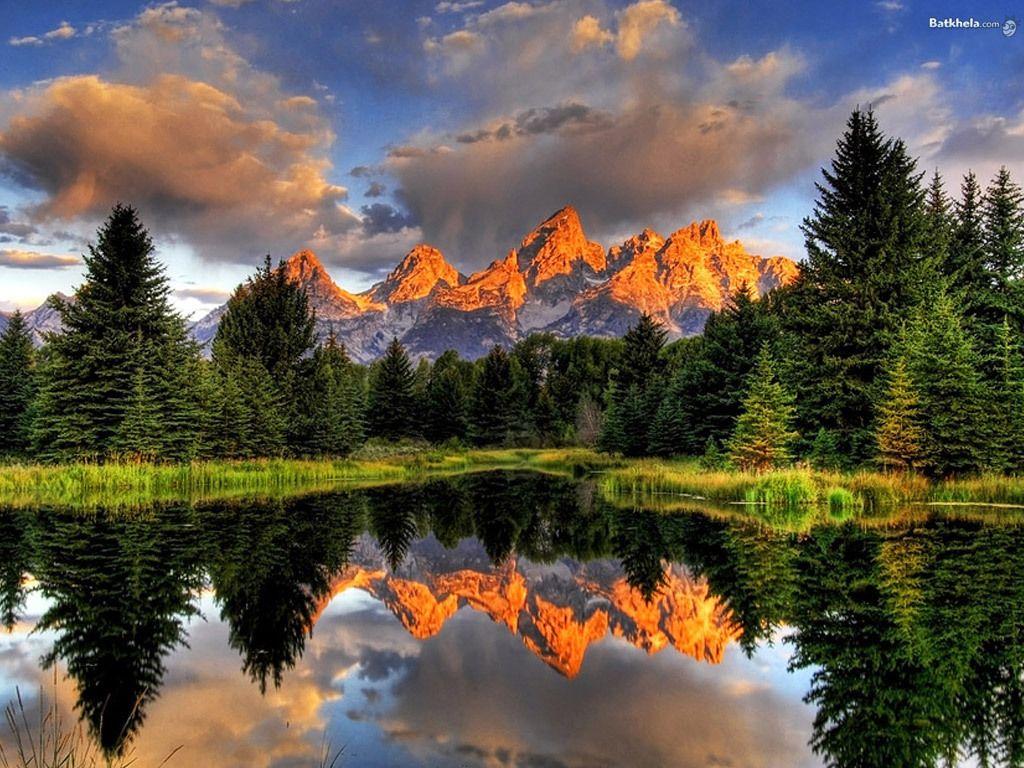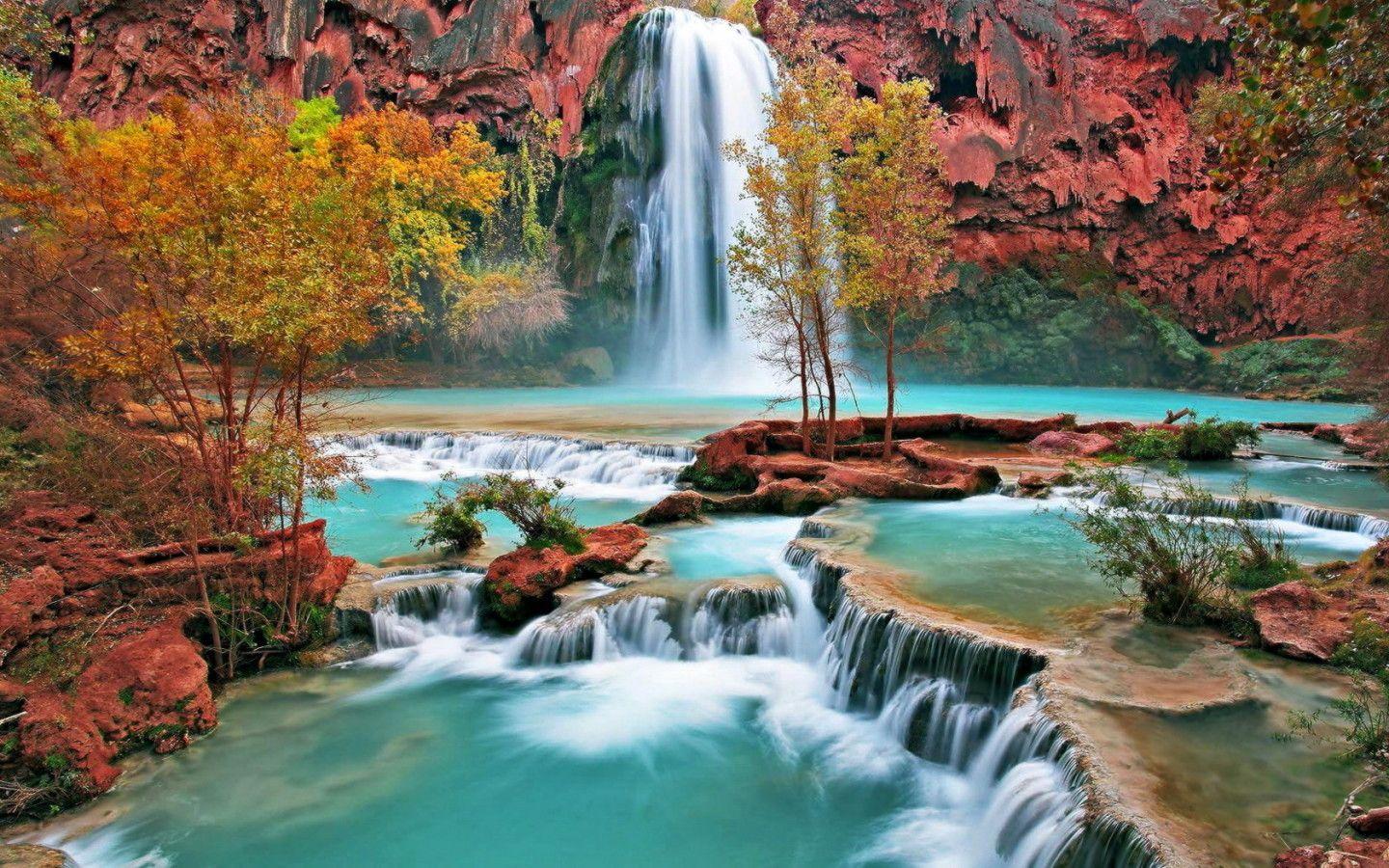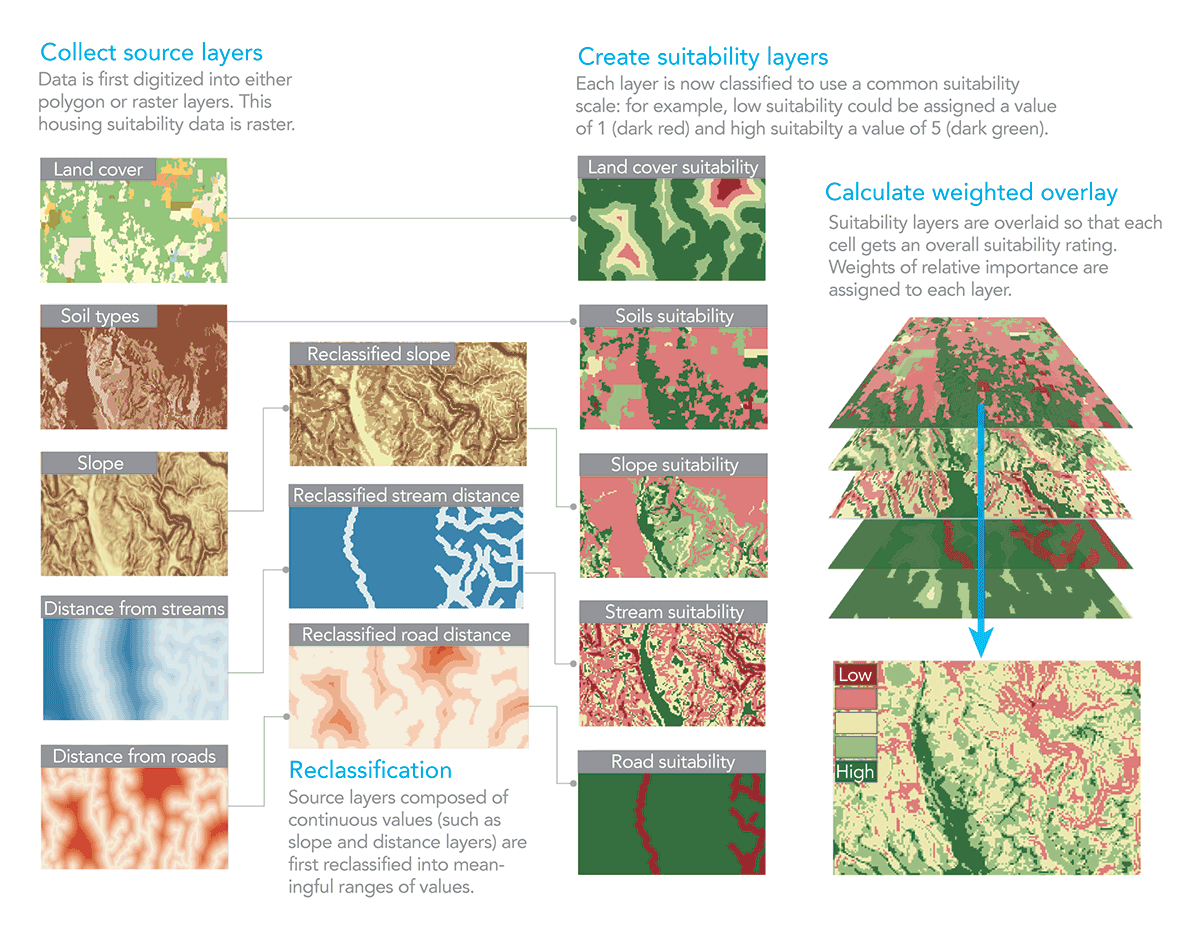Washington State’s Burning Panorama: A Geographic Evaluation of Wildfires
Associated Articles: Washington State’s Burning Panorama: A Geographic Evaluation of Wildfires
Introduction
On this auspicious event, we’re delighted to delve into the intriguing matter associated to Washington State’s Burning Panorama: A Geographic Evaluation of Wildfires. Let’s weave fascinating info and supply recent views to the readers.
Desk of Content material
Washington State’s Burning Panorama: A Geographic Evaluation of Wildfires

Washington State, famend for its lush forests, dramatic mountains, and numerous ecosystems, additionally faces a big and rising menace: wildfires. These devastating occasions, fueled by a fancy interaction of local weather change, human exercise, and naturally occurring situations, go away a long-lasting impression on the state’s atmosphere, economic system, and communities. Understanding the geographic distribution and patterns of wildfires in Washington is essential for efficient prevention, mitigation, and response methods. This text will discover the spatial dynamics of wildfires in Washington, analyzing their prevalence in several areas, figuring out contributing components, and analyzing the results of those more and more frequent and intense occasions.
Geographic Distribution: A Patchwork of Threat
Washington’s wildfire threat isn’t uniformly distributed throughout the state. A number of components contribute to this uneven distribution, creating a fancy patchwork of excessive, medium, and low-risk areas. The jap a part of the state, encompassing the Okanogan-Wenatchee Nationwide Forest, the Colville Nationwide Forest, and the huge expanse of jap Washington’s shrub-steppe, persistently experiences the best wildfire exercise. That is largely as a result of:
-
Local weather: Jap Washington has a drier, hotter local weather with longer, extra intense fireplace seasons. Decrease precipitation ranges, coupled with elevated temperatures pushed by local weather change, create perfect situations for ignition and fast fireplace unfold. The mixture of low humidity and robust winds additional exacerbates the issue.
-
Vegetation: The dominant vegetation varieties in jap Washington – ponderosa pine forests, grasslands, and shrub-steppe – are extremely flammable. Years of fireside suppression have led to an accumulation of gas, making a dense understory that readily ignites and fuels intense fires.
-
Human Exercise: Human actions, together with unintentional ignitions from energy strains, discarded cigarettes, and campfires, contribute considerably to wildfire begins. Moreover, land use adjustments, corresponding to elevated improvement in wildland-urban interfaces (WUI), place communities at higher threat.
In distinction, western Washington, characterised by its wetter local weather and denser forests, experiences fewer and usually much less intense wildfires. Nevertheless, this does not imply western Washington is immune. Areas with drier microclimates, notably within the south-central and southwest areas, are nonetheless inclined to wildfires, particularly throughout extended intervals of drought. The Cascade mountain vary acts as a big barrier, influencing precipitation patterns and creating distinct fireplace regimes on its jap and western slopes.
Mapping Wildfire Threat: Using Geographic Data Programs (GIS)
Geographic Data Programs (GIS) play a vital function in understanding and mapping wildfire threat in Washington. GIS permits for the combination of varied datasets, together with historic fireplace incidence knowledge, vegetation maps, local weather knowledge, topography, and land use info. This enables for the creation of detailed threat maps that establish areas with excessive chance of wildfire ignition and unfold. These maps are important instruments for:
-
Predictive Modeling: GIS-based fashions can predict future wildfire habits based mostly on historic knowledge and projected local weather change situations. This enables for proactive planning and useful resource allocation.
-
Emergency Response: Throughout energetic fireplace occasions, GIS supplies real-time info on fireplace unfold, enabling environment friendly deployment of firefighting assets and evacuation planning.
-
Neighborhood Planning: GIS helps the event of land use plans and constructing codes that decrease wildfire threat in WUI areas. This consists of methods corresponding to creating defensible areas round properties and implementing fire-resistant landscaping.
-
Submit-Hearth Restoration: GIS aids in assessing post-fire injury, figuring out areas requiring restoration, and monitoring the restoration of affected ecosystems.
The Socioeconomic Affect of Wildfires
The impression of wildfires in Washington extends far past the rapid environmental penalties. The financial prices are substantial, encompassing:
-
Property Harm: Wildfires destroy properties, companies, and infrastructure, resulting in vital monetary losses for people and communities.
-
Financial Disruption: The closure of roads, companies, and leisure areas as a result of wildfires can have a devastating impression on native economies. The tourism trade, a big contributor to Washington’s economic system, is especially susceptible.
-
Well being Impacts: Wildfire smoke poses a critical well being threat, inflicting respiratory issues and different sicknesses. The long-term well being penalties of smoke publicity may be vital.
-
Displacement and Evacuation: Wildfires drive the evacuation of communities, resulting in displacement and disruption of lives. The emotional and psychological toll on affected people and households is appreciable.
Local weather Change: Exacerbating the Menace
Local weather change is considerably rising the frequency, depth, and period of wildfires in Washington. Rising temperatures, extended droughts, and adjustments in precipitation patterns create a extra flammable atmosphere. This pattern is anticipated to proceed, necessitating proactive adaptation and mitigation methods.
Mitigation and Prevention Methods:
Addressing the wildfire problem in Washington requires a multi-faceted method that features:
-
Forest Administration: Implementing energetic forest administration practices, corresponding to prescribed burns and thinning, can cut back gas masses and create extra resilient forests.
-
Neighborhood Preparedness: Educating communities about wildfire dangers and selling proactive measures, corresponding to creating defensible areas round properties, is essential.
-
Early Detection and Response: Investing in improved early detection methods and fast response capabilities is important for holding wildfires earlier than they grow to be giant and damaging.
-
Local weather Change Mitigation: Addressing the basis explanation for the issue – local weather change – by way of decreasing greenhouse fuel emissions is essential for long-term wildfire prevention.
Conclusion:
Wildfires are a defining problem for Washington State, shaping its panorama, economic system, and communities. Understanding the geographic distribution of wildfire threat, using superior instruments like GIS, and implementing complete mitigation and prevention methods are essential for minimizing the devastating impacts of those occasions. A collaborative method involving authorities businesses, land managers, communities, and researchers is important to construct a extra resilient future within the face of an more and more risky local weather. Continued funding in analysis, improved forecasting fashions, and group engagement will probably be essential in navigating this complicated and evolving problem. The way forward for Washington’s forests and the well-being of its residents depend upon a proactive and knowledgeable response to the escalating menace of wildfires.








Closure
Thus, we hope this text has supplied worthwhile insights into Washington State’s Burning Panorama: A Geographic Evaluation of Wildfires. We thanks for taking the time to learn this text. See you in our subsequent article!